It was a chilling year, highlighted in part by the daily body count of the world-wide blood bath, which appears as an incessant nightly crawl on the bottom of TV screens everywhere. Anytime you are tuned into one of the major 24-hour cable news programs, you cannot escape those numbers, nor can you avoid the ever-present scrolling reminder of the color of the current homeland security advisory.

In our weekly columns this past year we wrote about the emotional impact of some of the major loss events that were brought into our consciousness at hyper-speed by ever diligent media outlets. Our perspective is different than others. We are not investigative reporters, nor are we social commentators. We are just the folks who help people deal with broken hearts, caused by losses of every imaginable kind. Within that idea is the fact that the tragic events that appear in the news take each of us into our personal storehouse of losses and with it, to the ideas - some helpful, most not - we have for dealing with the emotions caused by those losses.
First we wrote about little Samantha Runnion, savagely murdered by Alejandro Avila in Southern California. At the end of the article we intoned:
- Those who loved Samantha Runnion are well advised to mourn HER loss and remember HER life. Fixating on the perpetrator or his evil methods only permits him to continue to inflict hurt and pain, while doing nothing to heal those who are truly innocent.
Next we reacted to the Fort Bragg Cluster of spousal murders, again with our eye on the grief of the survivors and the often mis-directed intellectual search for explanations. We said:
- The sad truth is that broken hearts don't un-break when they find out why? it all happened. We must make sure to address some of our concern to those grieving people and not just with clichés about loss, but with purpose and direction to help guide them to completion of their pain. It would only augment their anguish if they are merely relegated to being just another set of footnotes in a bizarre tragedy.
Later, in the summer, we wrote about Charles "Andy" Williams, the young man in Santee, California, who took a gun to school and murdered two of his classmates, Bryan Zuckor and Randy Gordon. Williams was sentenced to 50 years to life for his crime. Again we spoke to the underlying issue:
- But we have to stop looking at young murderers as flukes or statistical anomalies and see them for what they really are; the tip of a large, disconcerting iceberg. We must see that there are millions of our children experiencing much smaller explosions and implosions that don't make the front page or the six o'clock news. Our children need to be taught readily available alternatives to coping with their losses and sadness, other than by "swallowing" them with food, drink and drugs.
And in one brief spurt, from August 14 to August 22, we received notification of the deaths of three respected journalists. We speak of Allen R. Myerson of the New York Times, Neal Travis of the New York Post, and Peter Martin of the Financial Times in London. In addition to sending our condolences to their family, friends, and co-workers, we made these comments;
- Grief is a crisis. In a crisis we return to old behaviors and old beliefs. The death of a co-worker, especially in a close-knit workplace, can produce profound feelings of loss and sadness. When those feelings arise they awaken the ideas we have learned over a lifetime about dealing with grief. If we were taught that time will heal our wounds, then we will wait to feel better. If we were told that we need to be strong or to be strong for others, then we will not show our feelings. If we heard "laugh and the whole world laughs with you, cry and you cry alone," then we will isolate our feelings.
Earlier this year, in an article that was to become the pre-cursor of our weekly column, we wrote a piece called "Danny and Danielle - We Hardly Knew Ye." In it we observed the level to which our national emotional psyche was caught up in the hopes that those two people, whom most of us had never met, would be found alive and well. But it was not to be. We reflected on some of the things we saw in print and heard on radio and TV after it had been discovered that both had perished:
- It is one thing to say that the healing must begin. It is yet another to know exactly how to accomplish such a feat. And frankly, it would be next to impossible to scrawl a few bullet point phrases that would make it instantly possible to know what to do. We hope that the ideas we have highlighted here provoke you to take a closer look at the ideas you have been using to deal with your own losses and the losses swirling around us all. We also hope that as you acquire better information about loss and recovery, that you will become more open for yourselves, your children, and others in making it safe to talk about one of the most powerful and necessary of all human emotions.
Tragedy and grief are the lead stories in electronic and print media nearly every day. Thus the famous line - if it bleeds it leads. But stories about how to recover or complete the pain caused by those events are rarely found. Recovery is not glamorous or newsworthy. Education is not entertaining or riveting. So we often are obliged to write in the manner of those companies that make educational toys for your young children. We have to make a bright, shiny package to attract, and then deliver a message inside the body of the piece. Grief is the only universal topic. We all will experience losses of major and minor proportion. But recovery or completion of the pain caused by loss is out-of-bounds, even for our children. Sadly, our job at the Grief Recovery Institute Educational Foundation will never be done. There will always be private and personal grief and there will always be public grief. We are not so naive to think that our topic, recovery, will ever become the lead story. So we will continue to fill our stories with education, just like those toys that cause our children to think. In the meantime, we hope for the world, a much less violent New Year in which good news can have at least equal footing with sad news.
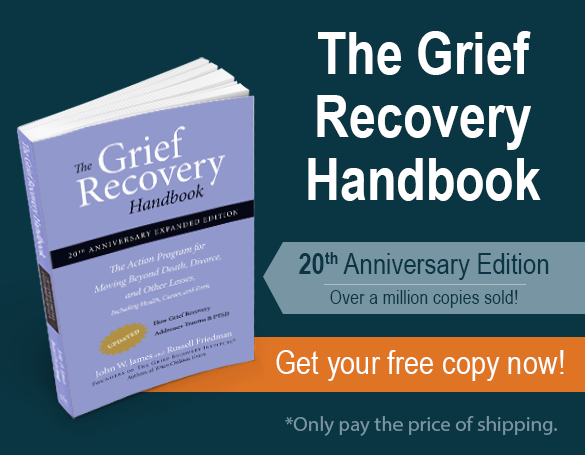











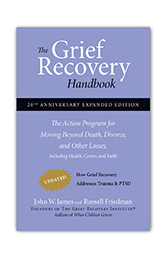
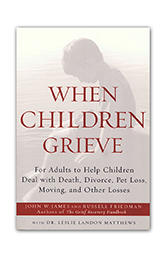
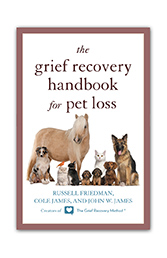
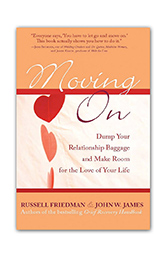
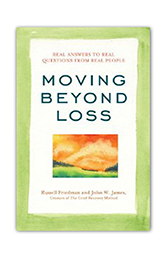
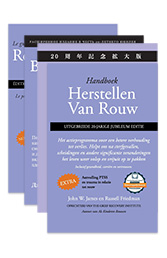





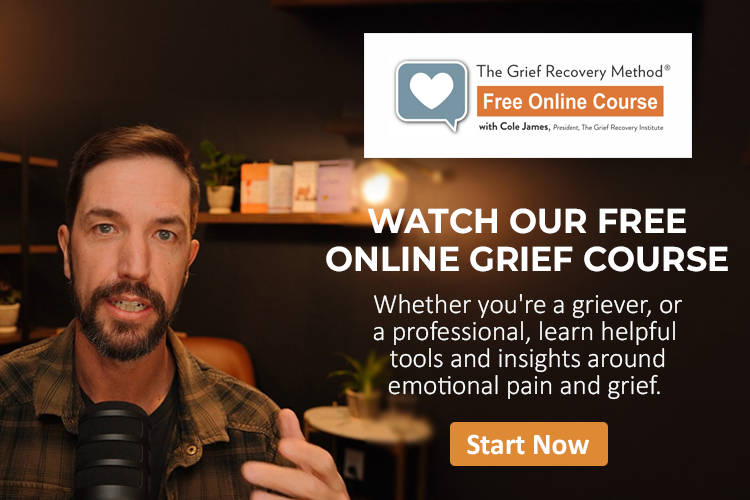
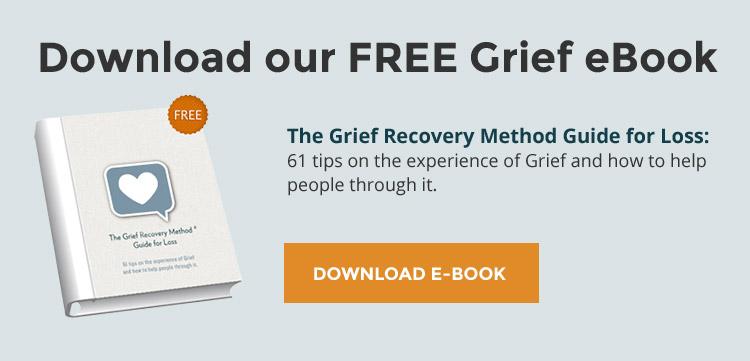
Add new comment